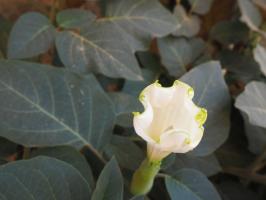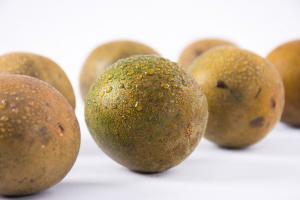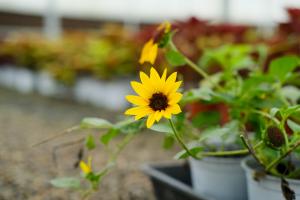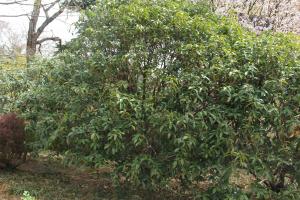How Tomato Plants Pollinate
Tomato plants are one of the most commonly grown crops in the world. They are a part of the nightshade family and are heavily utilized in cooking due to the flavor and versatility of their fruit. However, few understand the process behind how tomato plants pollinate.
The Anatomy of Tomato Flowers
To understand how tomato plants pollinate, it is important to know the anatomy of the flowers. Tomato flowers have both male and female reproductive parts. The male parts consist of the stamen, which is made up of a filament and an anther that produces pollen. The female part is called the stigma, which is located in the center of the flower and contains the ovary.
The Role of Pollinators
In order for tomato plants to produce fruit, the male pollen must be transferred to the female stigma. This can happen naturally through pollinators such as bees, bumblebees, or even butterflies. Pollinators visit tomato flowers in search of nectar and in the process, they pick up pollen and transfer it to other flowers. This is known as cross-pollination, where the pollen is transferred from one flower to another plant of the same species.
Self-pollination
Tomato plants are also capable of self-pollination. This occurs when the pollen from the anther is transferred to the stigma of the same flower. In order for self-pollination to occur, the anther must be close enough to the stigma for the pollen to fall on it. However, self-pollination can result in a decrease in genetic diversity which can lead to a weaker plant.
The Importance of Proper Pollination
Pollination is vital for the survival and productivity of tomato plants. Without proper pollination, the fruit produced may be small and have an uneven shape. Additionally, poor pollination can result in a decreased yield or complete crop failure. It is important for tomato growers to provide a welcoming environment for pollinators to ensure that their crop receives adequate pollination.
Conclusion
In conclusion, tomato plants require proper pollination to produce a successful crop. The process of pollination can happen naturally through pollinators such as bees, or through self-pollination in the absence of pollinators. It is important for tomato growers to understand the process of pollination in order to provide an environment that fosters proper pollination and ensures a productive crop.

 how many times do yo...
how many times do yo... how many planted tre...
how many planted tre... how many pine trees ...
how many pine trees ... how many pecan trees...
how many pecan trees... how many plants comp...
how many plants comp... how many plants can ...
how many plants can ... how many plants and ...
how many plants and ... how many pepper plan...
how many pepper plan...































